Pediatric Eye Pressure Assessment Tool
| Method | Typical Age Range | Contact Required? | Accuracy (mmHg) | Pros | Cons |
|---|---|---|---|---|---|
| Rebound Tonometry (e.g., iCare) | 2 years and up | No | ±2 | Fast, no anesthetic, kid-friendly | Small calibration drift over time |
| Handheld Applanation (e.g., Perkins) | Infants to adolescents | Yes (requires anesthetic drops) | ±1 | Gold-standard accuracy | Requires cooperation, can be uncomfortable |
| Air-puff Non-contact | 5 years and up | No | ±3 | No contact, quick | Less accurate, startling sound |
When a child’s eyes feel itchy or watery, most parents think it’s just allergies. Rarely do they consider that the underlying issue could be elevated eye pressure, a silent condition that, if missed, can lead to irreversible vision loss. This guide shows you how to spot the early clues, what tests doctors use, and which treatments keep a child’s sight safe.
Key Takeaways
- Intraocular pressure (IOP) is the fluid pressure inside the eye; normal ranges differ between infants and older children.
- High IOP in kids often signals pediatric glaucoma, a disease that can damage the optic nerve without obvious pain.
- Symptoms such as persistent tearing, light sensitivity, or a cloudy cornea warrant an immediate eye‑pressure check.
- Screening tools include rebound tonometry, handheld applanation, and non‑contact air‑puff devices - each with pros and cons.
- Treatment starts with medicated eye drops, may progress to laser therapy, and in severe cases requires surgery.
What Is Intraocular Pressure (IOP) in Children?
Intraocular pressure (IOP) is the fluid pressure inside the eye that keeps its shape and supports proper optical function. In newborns, IOP typically measures between 6‑10 mmHg, rising to 10‑21 mmHg by school age. Because a child’s eye structures are still developing, the same absolute pressure that’s harmless in an adult can be dangerous for a youngster.
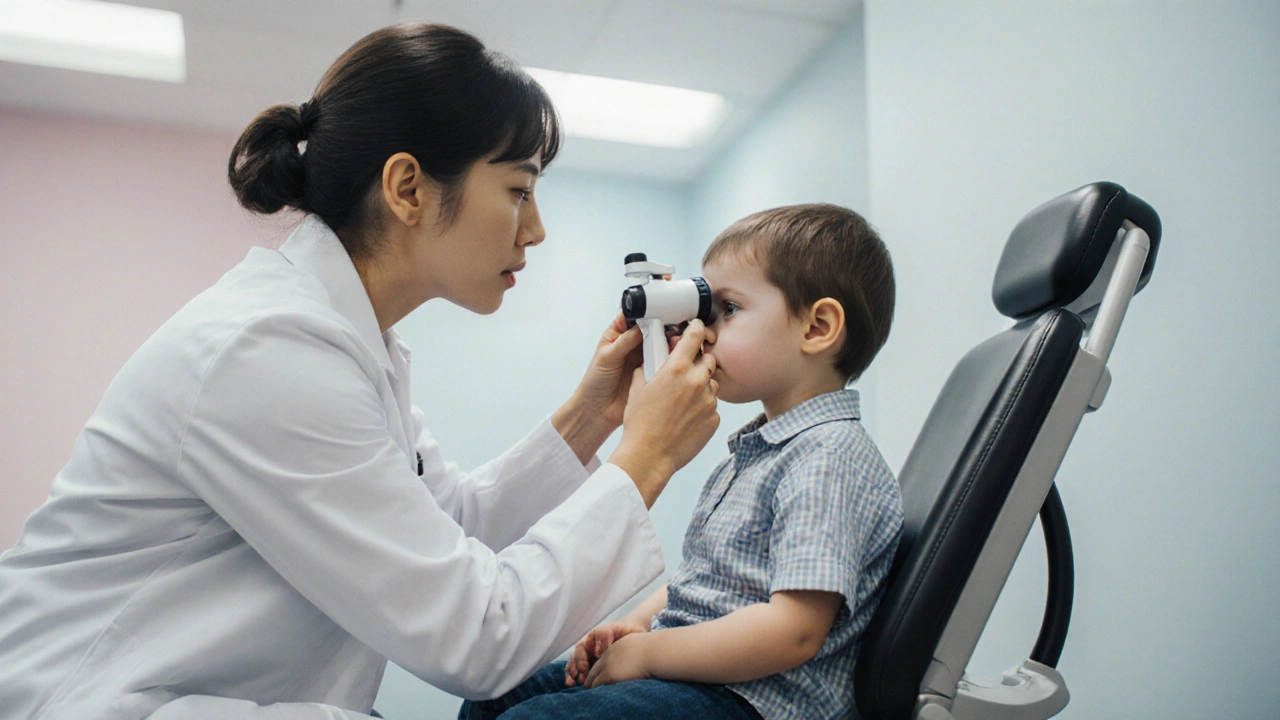
Why High IOP Matters: Risks of Pediatric Glaucoma
Pediatric glaucoma is a group of eye disorders where elevated IOP damages the optic nerve, leading to progressive vision loss. Unlike adult‑onset glaucoma, pediatric forms often progress quickly and may not respond to the same medications. Early detection is critical: once optic nerve fibers are lost, they cannot be regenerated.
Spotting Early Signs and Risk Factors
Children rarely complain of eye pain, so parents need to watch for subtle cues:
- Persistent tearing or discharge that doesn’t improve with allergy meds. \n
- Extreme sensitivity to bright light (photophobia).
- Cloudy or whitish appearance of the cornea (corneal edema).
- Abnormal eye size - a noticeably larger eye (buphthalmos) can be a red flag.
- Family history of glaucoma or known genetic conditions (e.g., Sturge‑Weber syndrome).
Risk factors also include premature birth, congenital eye abnormalities, and certain systemic diseases such as diabetes.
How Professionals Test Eye Pressure
Eye‑pressure testing in kids must be quick, painless, and reliable. Below is a quick rundown of the three most common tools:
| Method | Typical Age Range | Contact Required? | Accuracy (mmHg) | Pros | Cons |
|---|---|---|---|---|---|
| Rebound Tonometry (e.g., iCare) | 2yearsandup | No | ±2 | Fast, no anesthetic, kid‑friendly | Small calibration drift over time |
| Handheld Applanation (e.g., Perkins) | Infantstoadolescents | Yes (requires anesthetic drops) | ±1 | Gold‑standard accuracy | Requires cooperation, can be uncomfortable |
| Air‑puff Non‑contact | 5yearsandup | No | ±3 | No contact, quick | Less accurate, startling sound |
During a routine pediatric eye exam, the doctor will choose the method that best matches the child’s age and ability to stay still. A single high reading isn’t always a diagnosis; doctors repeat the test over several visits to confirm a pattern.
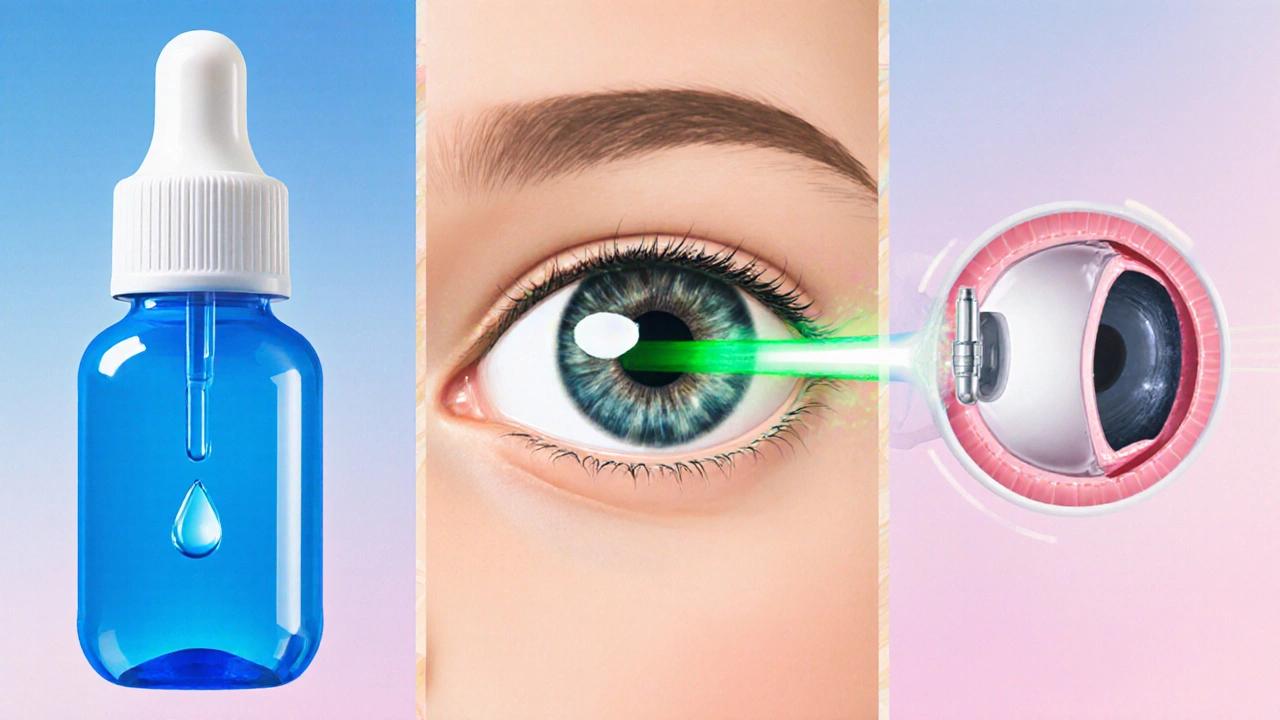
Treatment Options: From Drops to Surgery
The first line of defense is medication, usually prescribed as eye drops that lower IOP by reducing fluid production or improving outflow. Common classes include beta‑blockers, prostaglandin analogs, and carbonic anhydrase inhibitors. Parents must administer drops precisely-missed doses can let pressure spike again.
If drops fail to control pressure, doctors may turn to laser therapy (e.g., selective laser trabeculoplasty) which improves drainage without incisions. However, laser success rates in very young eyes are lower than in adults.
When medication and laser aren’t enough, surgery becomes necessary. Procedures such as trabeculectomy, glaucoma drainage device implantation, or minimally invasive glaucoma surgery (MIGS) create new pathways for fluid to exit the eye. Post‑operative care involves regular IOP checks and sometimes short‑term use of steroid eye drops to control inflammation.
Managing Your Child’s Eye Health at Home
Even after a diagnosis, daily habits can help keep pressure stable:
- Follow the drop schedule exactly; set alarms if needed.
- Avoid activities that dramatically increase eye pressure, such as prolonged squinting or heavy Valsalva maneuvers (e.g., lifting very heavy objects).
- Ensure regular follow‑up appointments-most kids need IOP checks every 3‑6months.
- Maintain a balanced diet rich in omega‑3 fatty acids, which some studies link to healthier ocular fluid dynamics.
- Protect eyes from trauma; use safety goggles during sports.
If you notice new symptoms-sudden redness, increased cloudiness, or a change in your child’s behavior-contact your eye‑care professional right away. Early intervention often prevents permanent damage.
Frequently Asked Questions
How often should a child’s eye pressure be checked?
For children with a known risk factor or a prior diagnosis, eye‑pressure tests are usually done every 3‑6months. Otherwise, a comprehensive eye exam at ages 3, 5, and 7 is a good baseline.
Can eye drops cause side effects in kids?
Yes, some drops may cause stinging, eye redness, or mild allergic reactions. If your child experiences persistent discomfort, tell the doctor-often a different formulation can be used.
Is laser therapy safe for infants?
Laser is generally reserved for older children who can cooperate during the procedure. For infants, surgeons usually opt for medication first and consider surgery if pressure remains uncontrolled.
What signs tell me surgery might be needed?
When IOP stays above the target range despite maximum tolerated medication, or when the optic nerve shows progressive thinning on OCT scans, surgeons typically recommend an operation.
Will my child need glasses after treatment?
Treating high eye pressure doesn’t usually correct refractive errors. If a child also needs glasses for nearsightedness or astigmatism, those prescriptions are managed separately.
Understanding eye pressure children can feel overwhelming, but knowing the signs, getting the right tests, and following treatment plans give every parent the power to protect their child’s sight. Stay vigilant, ask questions, and partner with a pediatric eye‑care specialist-you’re the first line of defense against vision loss.

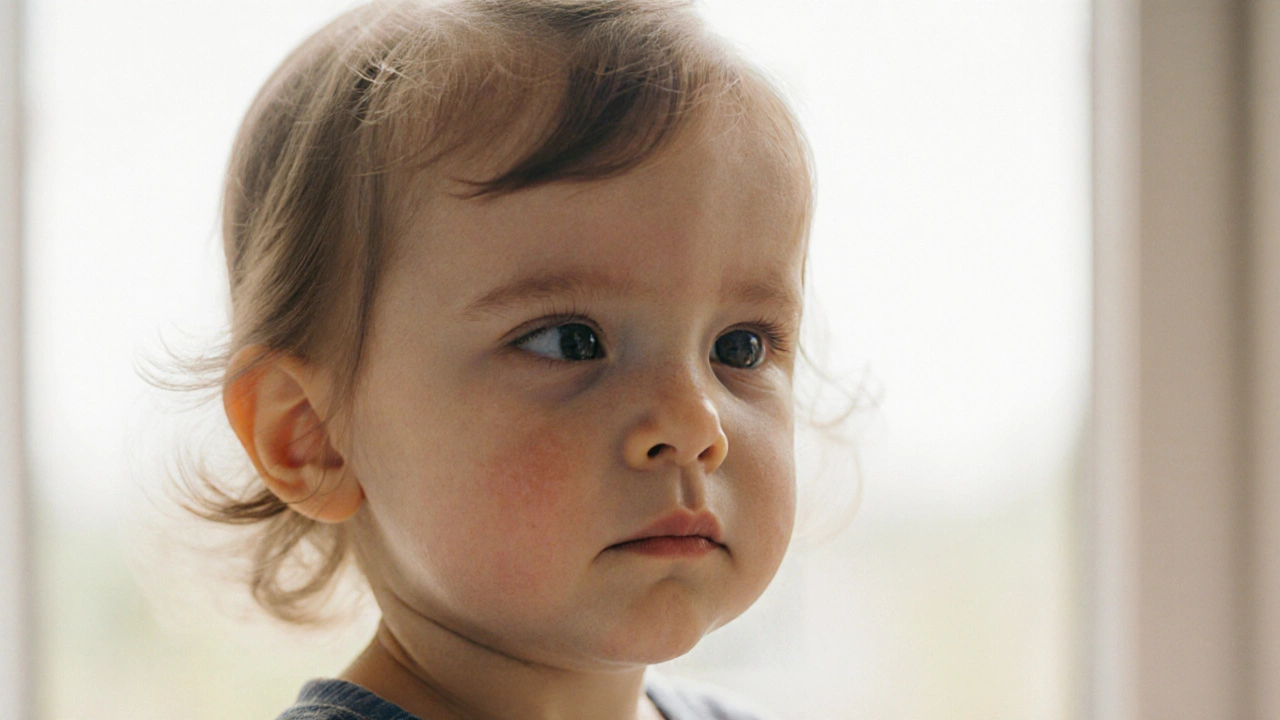
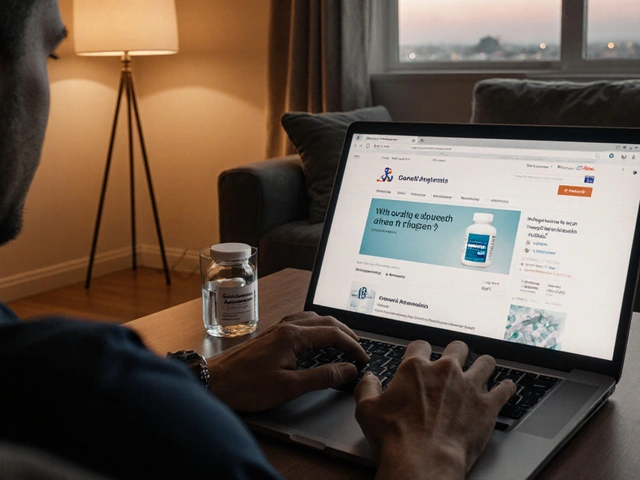
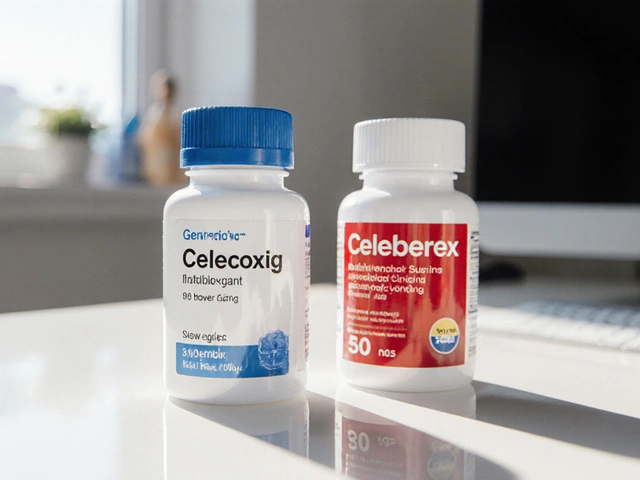
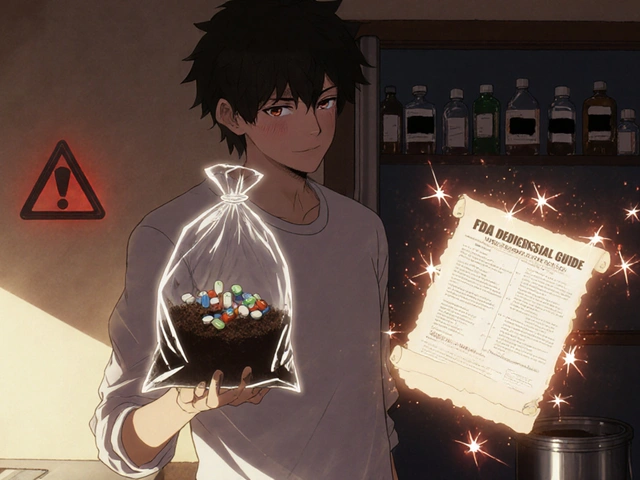
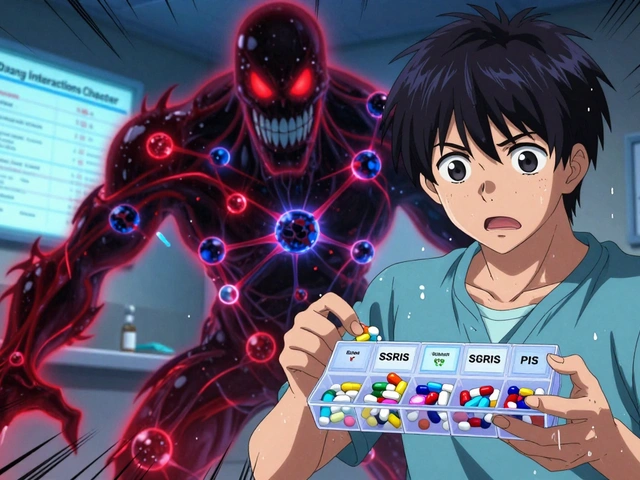
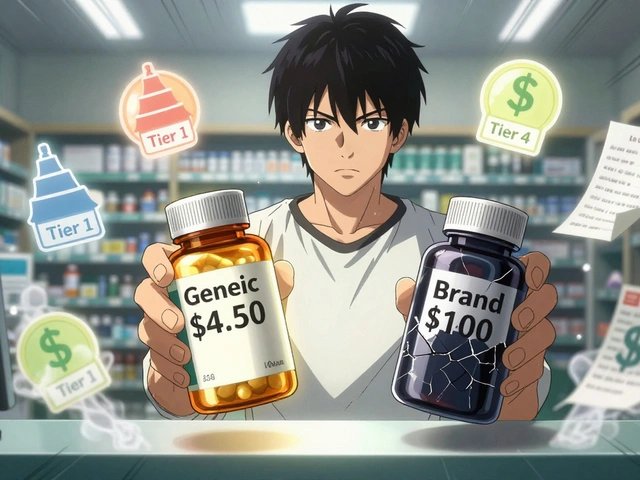
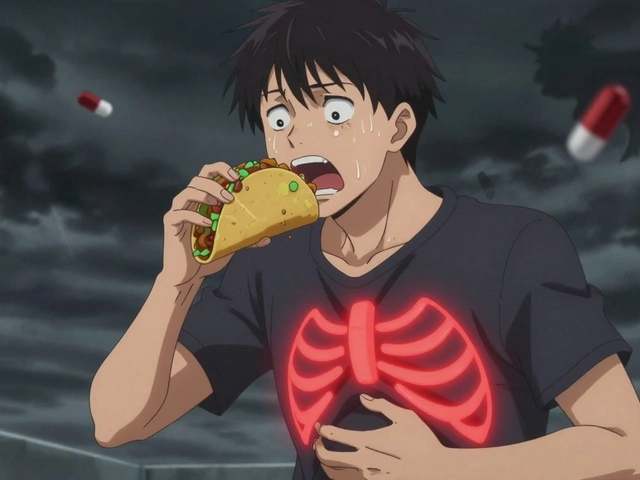
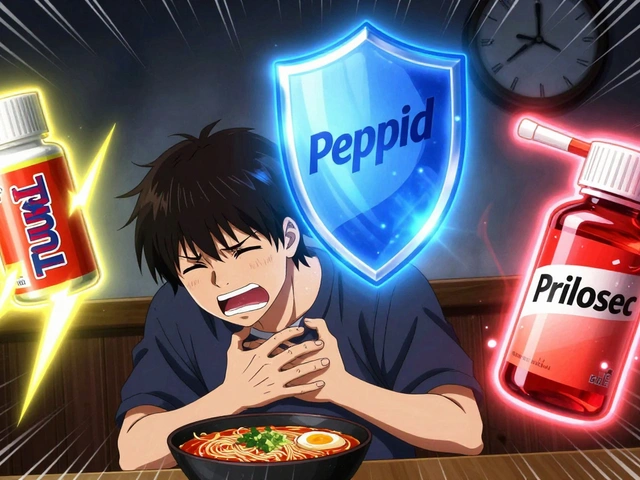
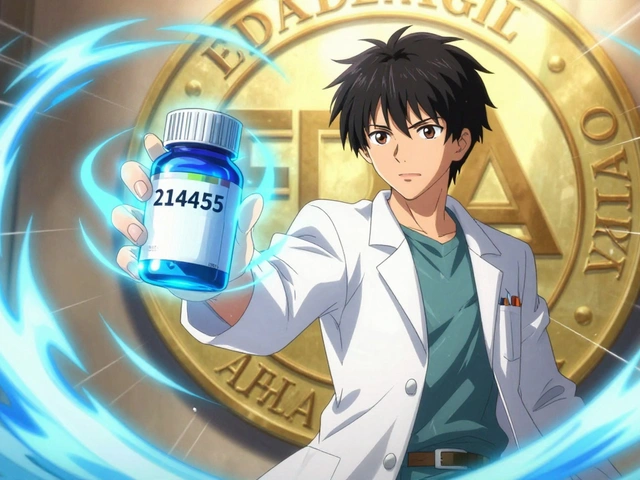
Sure, just toss a ton of eye drops on your kid and hope for the best.
Honestly this guide skips the basics of proper IOP measurement 😒 you need to stress calibration and repeatability
When discussing pediatric intraocular pressure, it is essential to appreciate the developmental physiology of the aqueous humour system, which evolves dramatically from birth to adolescence. Newborns typically exhibit aqueous production rates that are lower than those of older children, resulting in baseline pressures that hover around 6‑10 mmHg. By the time a child reaches school age, trabecular meshwork maturation allows pressures to increase to the adult‑like range of 10‑21 mmHg. This ontogenetic shift underscores why a single numeric threshold cannot be universally applied across all pediatric ages. Moreover, the corneal biomechanics in infants differ; the cornea is more pliable, which can artificially depress applanation tonometry readings if the examiner does not adjust for central corneal thickness. Consequently, clinicians should always corroborate tonometric data with corneal pachymetry. In addition, the presence of congenital anomalies such as Peters anomaly or Axenfeld‑Rieger syndrome mandates a lower threshold for intervention because structural defects predispose the eye to earlier optic nerve compromise. Family history remains a powerful predictor; a first‑degree relative with primary congenital glaucoma raises the pre‑test probability dramatically, justifying earlier and more frequent surveillance. Ambient factors, including systemic hypertension in the mother during pregnancy, have been linked in some epidemiological studies to altered ocular perfusion in the infant, potentially influencing IOP trajectories. The choice of tonometry modality should therefore be guided not only by the child’s age but also by cooperative ability, corneal clarity, and the need for serial consistency. Rebound tonometry, while user‑friendly, may display a drift of up to 2 mmHg after several hundred measurements if the device is not recalibrated according to manufacturer specifications. Handheld Perkins applanation, although considered the gold standard, introduces variability related to the examiner’s technique and the precise placement of anesthetic drops. Air‑puff devices are non‑contact but often overestimate pressure in eyes with corneal edema, leading to false‑positive alerts. Repeatability is the cornerstone of pediatric glaucoma diagnosis; a single elevated reading should trigger a repeat test within a week, followed by a trend analysis over multiple visits. Treatment algorithms must incorporate both pharmacologic and surgical pathways early because pediatric eyes often respond differently to prostaglandin analogues compared to adults, sometimes exhibiting paradoxical inflammation. Finally, caregivers should be educated on the importance of adherence, as missed doses can precipitate rapid spikes in pressure, threatening the delicate optic nerve fibers that are still in the process of establishing proper vascular supply.
While the preceding observation highlights procedural nuances, let us contemplate the epistemological implications of imposing adult‑centric diagnostic thresholds upon the developing ocular architecture. It is not merely a matter of measurement fidelity, but of acknowledging the ontological distinctiveness of the pediatric visual system.
The data presented in the extensive commentary underscores a risk matrix that aligns with statistical models of disease progression; a quantitative approach is undeniably valuable when calibrating clinical pathways.
Hey there, just wanted to say that if you’re feeling a bit overwhelmed, breaking the schedule into bite‑size chunks really helps. Start with the drops in the morning, set a phone reminder, and you’ll be fine.
Everyone’s got a different comfort level with these tools so it’s okay to try a few before settling on one.
Parents, remember that consistent follow‑up appointments are the backbone of successful management; schedule them diligently and keep detailed logs of IOP readings.
For quick screening, rebound tonometry offers a non‑invasive solution that aligns well with outpatient workflows.
It’s encouraging to see the community share resources – together we can ensure every child gets timely care! 😊
One must appreciate that the nuanced interplay between corneal biomechanics and tonometric precision demands an elevated scholarly discourse.
Reading through the guide, I can’t help but notice a recurring omission of critical data points such as central corneal thickness variations across ethnicities which, as multiple peer‑reviewed studies indicate, can introduce a systematic bias of up to 4 mmHg in measured IOP values; this is not a trivial detail but a foundational parameter that must be integrated into any robust assessment protocol; furthermore, the guide fails to address the longitudinal impact of pediatric glaucoma medications on ocular surface health, an area that has garnered considerable attention in recent ophthalmic literature; the lack of discussion regarding adherence challenges, especially in socio‑economically disadvantaged populations, undermines the practical utility of the recommendations; additionally, the brief mention of laser therapy neglects to differentiate between selective laser trabeculoplasty and argon laser trabeculoplasty, each possessing distinct efficacy profiles and risk spectra; the absence of a decision‑tree algorithm to guide clinicians through selection between pharmacologic, laser, and surgical interventions based on disease severity and patient age is a glaring oversight; finally, while the tabular comparison of tonometry devices provides a convenient overview, it glosses over the calibration drift phenomenon inherent to rebound devices and the learning curve associated with handheld applanation, both of which can materially affect diagnostic accuracy; thus, a more comprehensive, data‑driven, and patient‑centric approach is essential for truly effective pediatric glaucoma management.
I understand this can feel overwhelming, so please remember you’re not alone – many families navigate similar challenges, and detailed, compassionate guidance is available from pediatric ophthalmologists.
What they don’t tell you is that the big pharma companies are pushing these drops to keep us dependent while the real cure is being suppressed by those in power.
One must recognize that the discourse surrounding pediatric ocular hypertension necessitates a scholarly rigor that many popular summaries simply cannot furnish.
Just thought I’d say the information here seems solid and it’s good to see the community sharing knowledge.